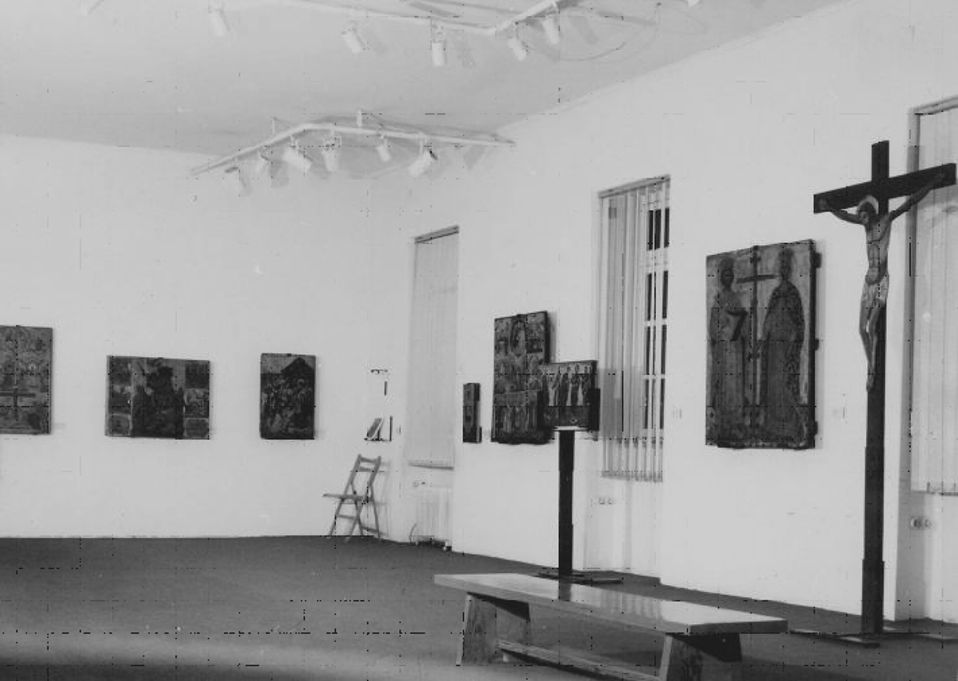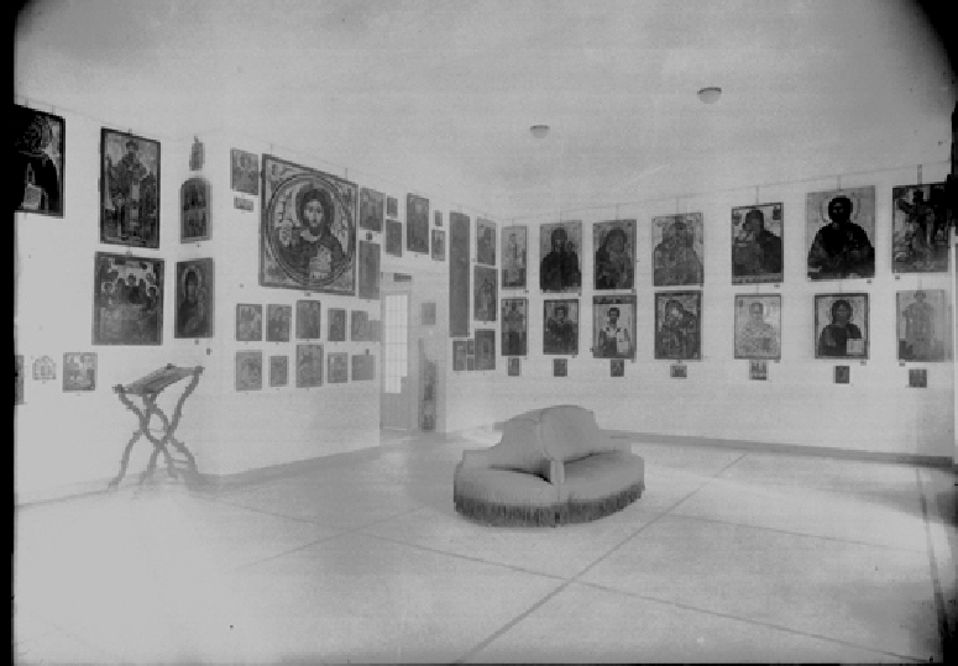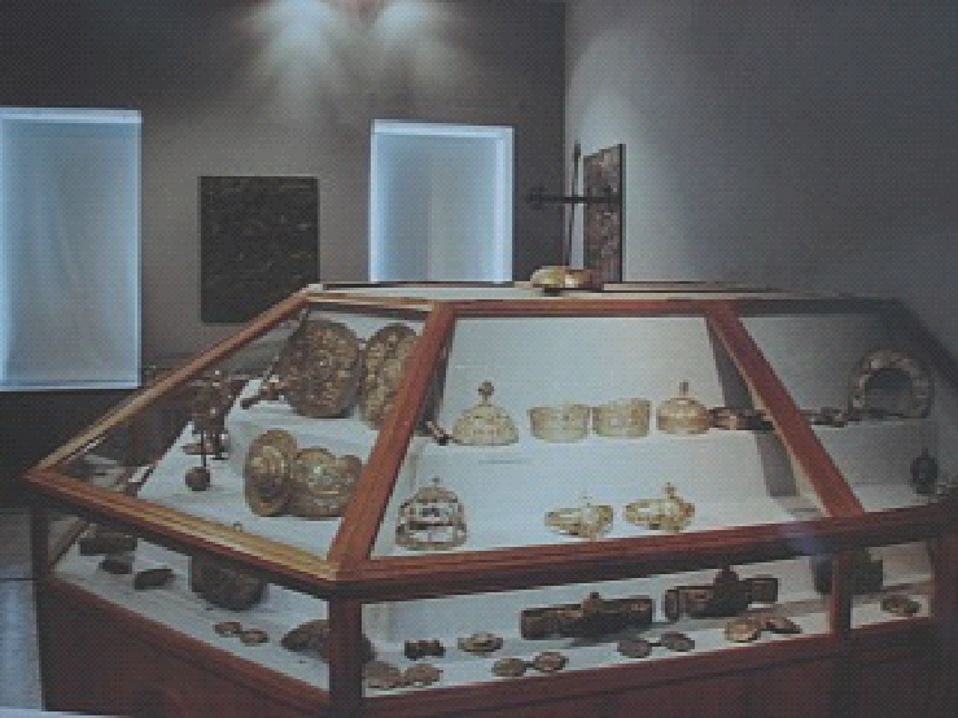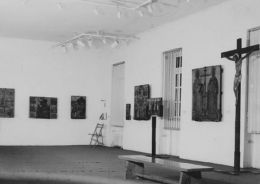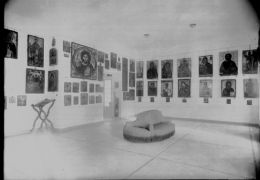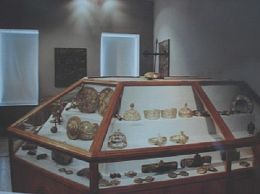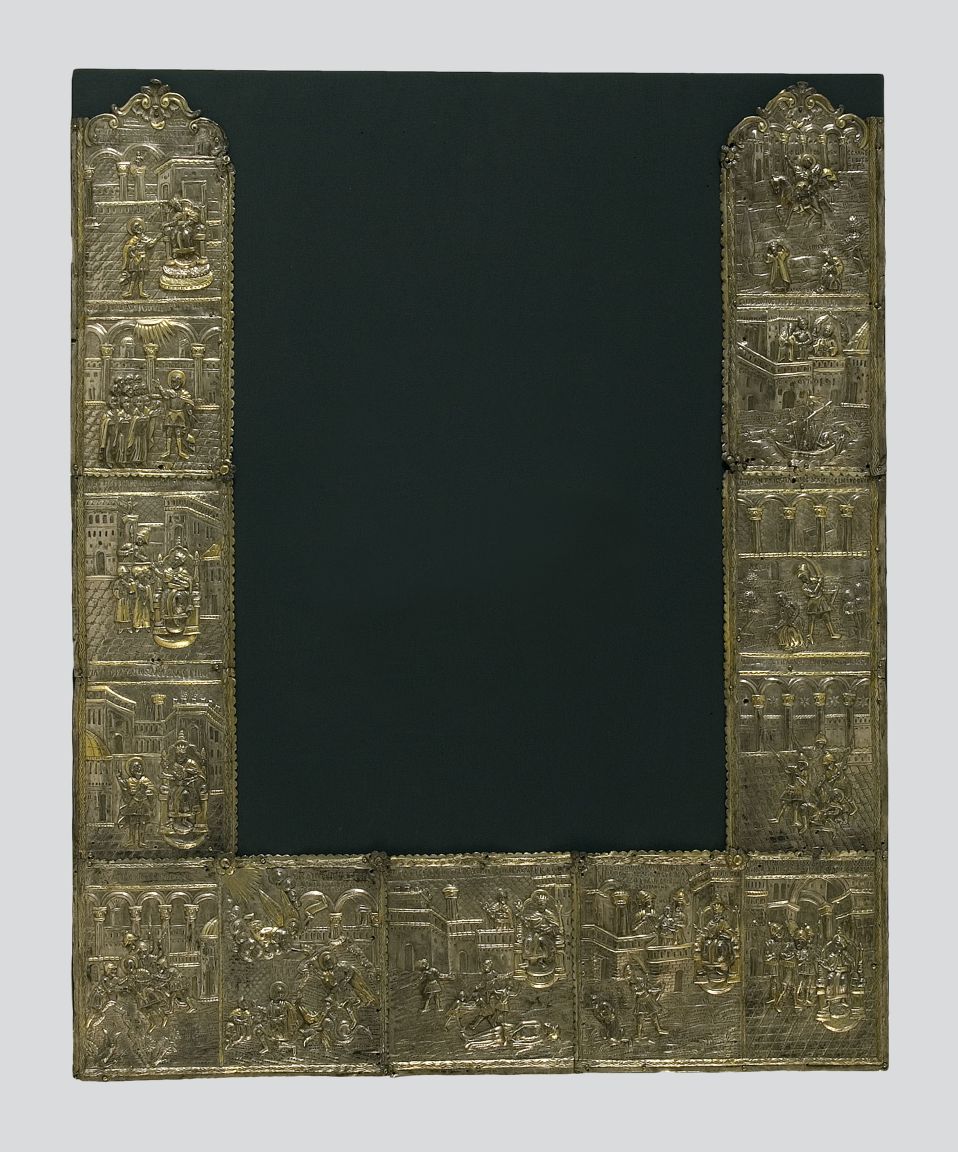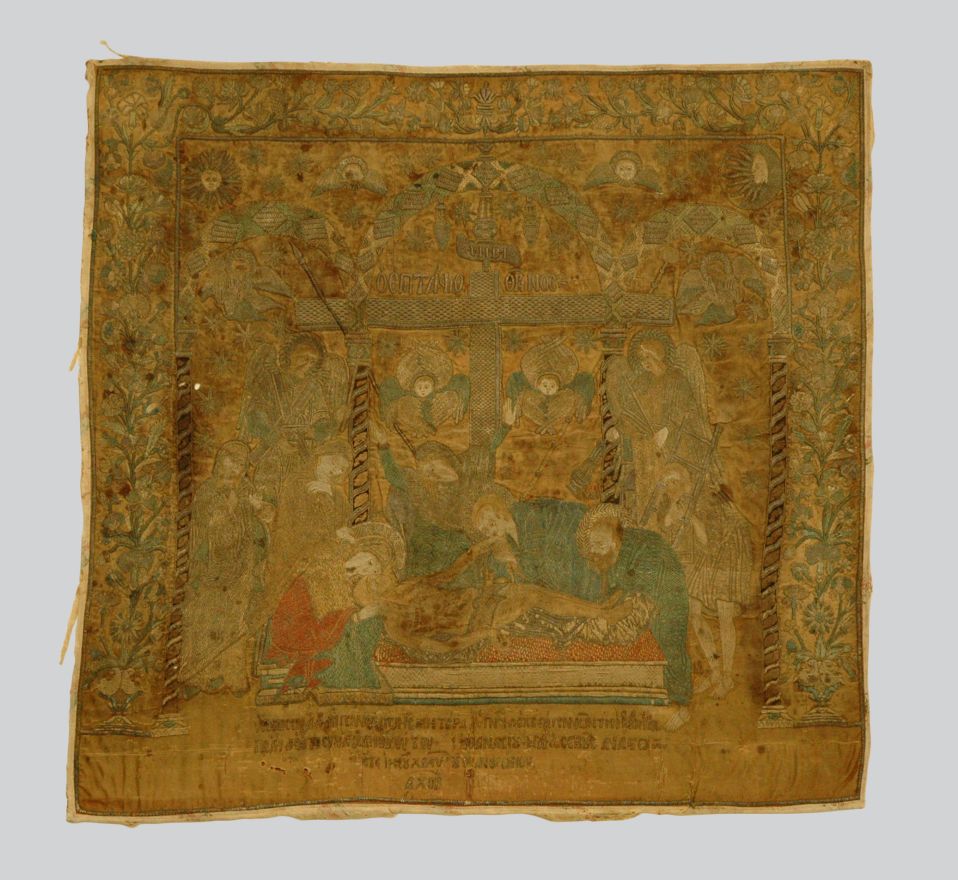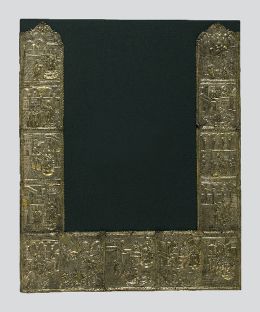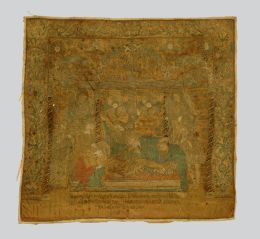Refugee Heirlooms
The Byzantine & Christian Museum has a very important collection of over 200 works, known as “Refugee Heirlooms”. These were brought to Greece after the Asia Minor Disaster (1922) and the compulsory Exchange of Populations between Greece and Turkey, which was imposed by the Treaty of Lausanne (1923). The transfer of Heirlooms, according to the article 8 of part IV of the treaty, took places in stages. Hundreds of containers of ecclesiastical objects (vestments, vessels, manuscripts, books) from churches of the Greek Communities of Asia Minor and Eastern Thrace reached Greece, where they ended up in the churches of the refugee communities and in Athenian Museums: Benaki Museum, Museum of Folk Art, Byzantine & Christian Museum.
Most of the pieces are valuable for their age, or their artistic value, and all for their historical meaning: They are the products of the Hellenic Civilization that flourished in the other shore of the Aegean Sea.
